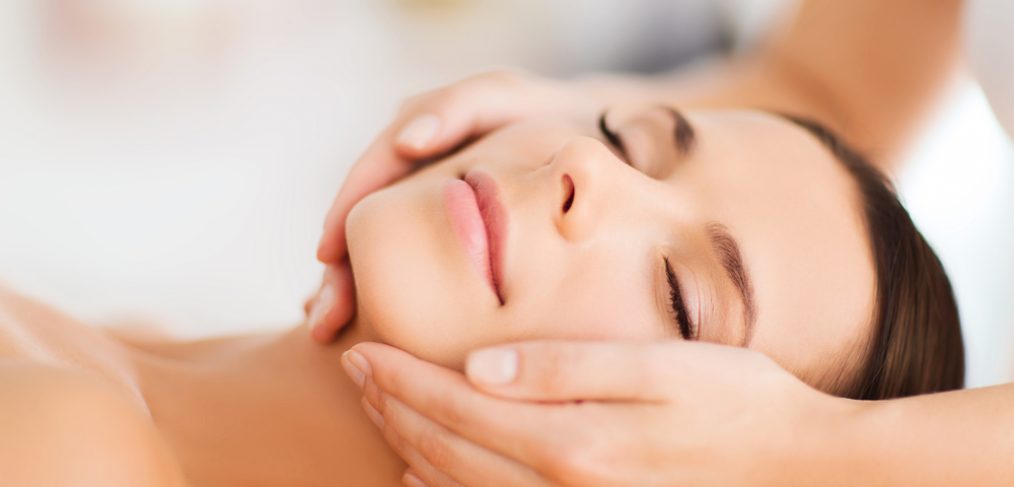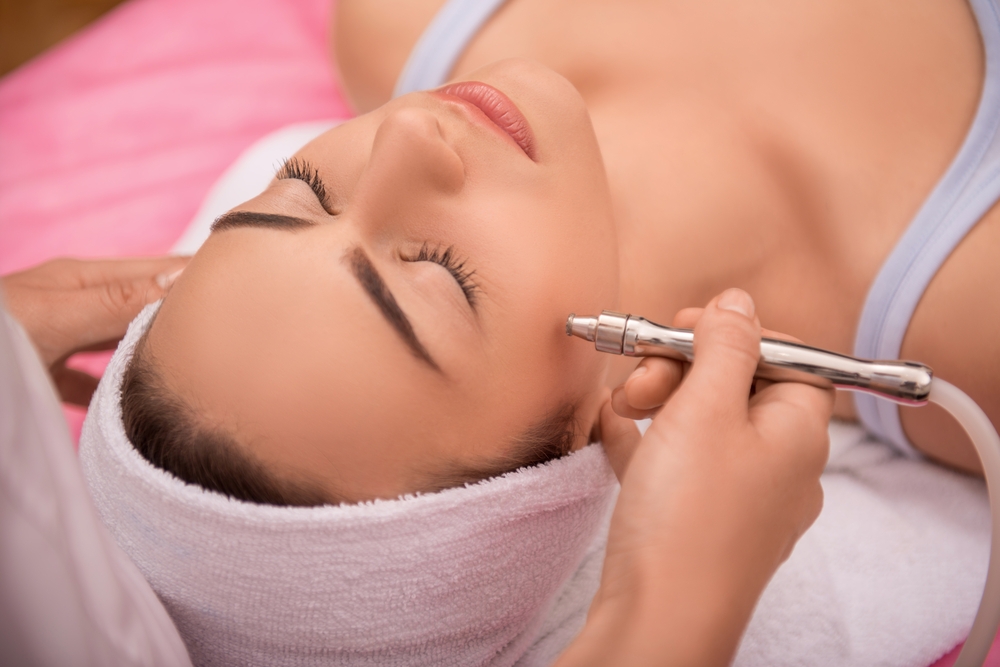Remember the Sure Antiperspirant commercials: ” Confident, dry, and secure, raise your hand if you’re sure.” It seems the antiperspirant campaigns of old were aimed at promoting deodorants as something we could depend upon; our best friends in a potentially sticky situation. Oh, antiperspirant, how thou dost betray us! Now it seems we can’t turn on the computer without seeing or hearing a piece of news containing information about the unhealthful effects of our deodorizing friend. Antiperspirant has been linked with everything from causing cancer to Alzheimer’s Disease to kidney failure. But how much of this is true? Let’s take a look at how much of this antiperspirant scare is “fake news.”
The Heart of The Fear
At the heart of the antiperspirant, fears lie aluminum. The active ingredient in antiperspirant is an aluminum-based compound that plugs sweat ducts and prevents perspiration.This, coupled with deodorant, which, as the name suggests, prevents unpleasant odor, along with a few inactive ingredients constitute your typical antiperspirant.
Antiperspirants and Cancer
Links between antiperspirants and breast cancer are built on a theory that because antiperspirants are applied to the armpit, adjacent to the area at which most breast cancers develop, the chemicals, namely aluminum, can be absorbed into the skin, especially if there is an open cut from shaving. The theory suggests that the chemicals will interact with DNA or interfere with estrogen activity, influencing the growth of breast cancer cells.
Experts say the claims have little or no support. According to Ted S. Gansler, MD, and director of medical content for the American Cancer Society, “There is no convincing evidence that antiperspirant or deodorant use increases cancer risk.” He suggests the studies were flawed, and though a few found that chemicals from antiperspirant may have been detected in breast tissue, there was no proof that these had any bearing on cancer risk. In fact, a trusted survey comparing breast cancer survivors with healthy women found no association between antiperspirants and risk of cancer.
Antiperspirants and Alzheimer’s
When a study done in the 1960’s found that people with Alzheimer’s Disease had high levels of aluminum in their brains, the health risk of many houses hold items, antiperspirant included were called into question. However, because these results could not be replicated in later studies, experts have ruled out a relationship between aluminum and Alzheimers. Heather M. Snyder, Ph.D., senior associate director of medical and scientific relations for the Alzheimer’s Association says, “There was a lot of research that looked at the link between Alzheimer’s and aluminum, and there hasn’t been any definitive evidence to suggest there is a link.”
Antiperspirants and Kidney Failure
The concerns about the effect of antiperspirants on the kidneys began when dialysis patients were prescribed aluminum hydroxide to control phosphorous level in their blood. Because of poor kidney function, their bodies were unable to remove the aluminum quickly enough and it began to accumulate. Scientist found that the patients with the high aluminum levels were more likely to develop dementia.
These finding resulted in an FDA requirement for antiperspirant levels to carry a warning against the use of antiperspirants by those who have kidney diseases. However, these warnings are directed at people with kidney function of 30% or less. Says nephrologist and spokesperson for the National Kidney Foundation, it’s almost impossible for the skin to absorb enough aluminum to harm the body, “unless you eat your stick or spray it in your mouth.”
Bottom Line
It seems that most professionals agree that, while we would like to find an easy explanation for diseases like breast cancer and Alzheimer’s, antiperspirants are not the solution. Snyder adds, “Part of the reason that the discussion about aluminum and Alzheimer’s disease continues to be a topic is Alzheimer’s is a devastating disease, and people want to know why their relative has this disease, and they want an easy answer.” Maybe antiperspirants are still our friends.
What do you think? Antiperspirant, friend or foe? Let us know your comments and thoughts!





